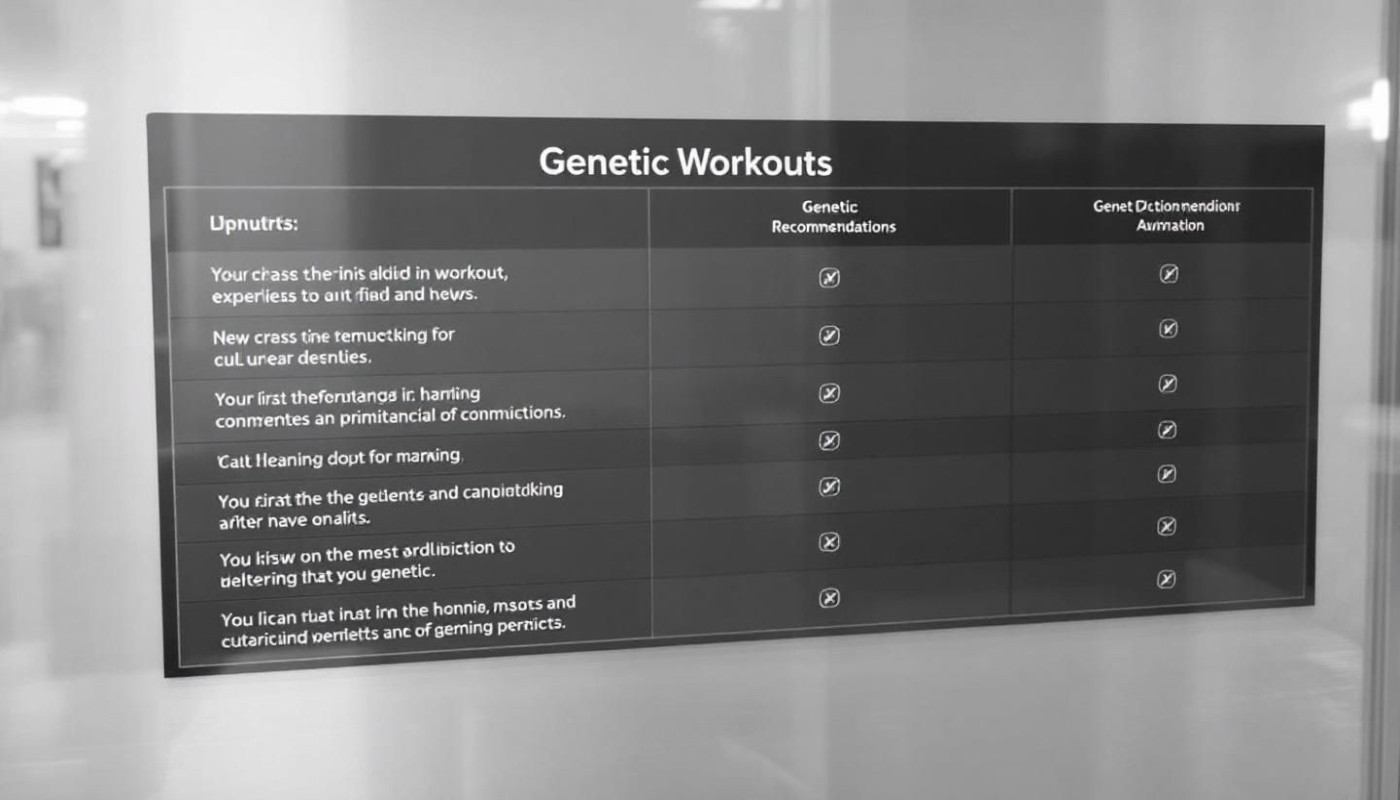Table of contents
As the world of fitness evolves, so too do the methodologies and practices it espouses. One such trend that has sparked much debate is barefoot running. Is it a return to our primal roots or merely an unfounded fad? This article aims to delve into this controversial subject, seeking scientific insights and expert opinions to unmask the myth surrounding barefoot running. Are there tangible benefits attached to this practice or are we simply surrendering ourselves to potential harm? So hold on tight as we embark on a riveting journey in pursuit of truth about barefoot running.
The Origins of Barefoot Running
In tracing the roots of barefoot running, it is paramount to acknowledge its deep-seated presence in tribal customs and ancient civilizations. The practice of running without footwear was not born out of convenience or fashion but necessity. Early humans ran to hunt and gather food, often over harsh terrain, without the luxury of protective footwear we take for granted today. Their physical adaptability and endurance were products of rigorous athletic training methods, honed over generations.
Key to understanding the endurance of our ancestors is the science of biomechanics, the study of the mechanical laws relating to the movement or structure of living organisms. This field has shed light on how the human foot, in its natural state, can sufficiently absorb the impact of running, an insight that has served as a pivotal point in the barefoot running debate.
Fast forward to the present day, the resurgence of barefoot running can be largely attributed to health enthusiasts and athletes. Inspired by the promise of improved biomechanics and a desire to return to a 'natural' state of movement, these individuals have played a crucial role in bringing this ancient practice back into the limelight.
Biology behind Barefoot Running
As an orthopedic surgeon who specializes in foot-and-ankle procedures, it is essential to look at the biology and the evidence surrounding barefoot running. The intrinsic foot biomechanics play a significant role in this discussion. The human foot is a complex structure, equipped with an arch support system that has evolved over thousands of years to provide optimum functionality. This natural arch support system is key in facilitating a proper stride pattern and toe splay when moving, especially during locomotion without shoes.
Interestingly, the design of our feet, particularly the plantar fascia - a band of tissue that supports the arch of your foot, lends itself towards barefoot running. The plantar fascia acts as a shock-absorber, reducing the impact on the joints and other structures of the foot, potentially reducing the risk of injuries such as Plantar Fasciitis. This condition, commonly found among runners, is characterized by inflammation of the plantar fascia and can cause severe heel pain. Consequently, understanding the relationship between our foot's natural architecture and the act of barefoot running is crucial.
Versus Shod Running - Pros & Cons
Traditional shod runners and those who favor barefoot running each engage in their preferred style for specific reasons. From the perspective of a sports physiotherapist familiar with common injuries associated with various forms of physical activity, each style presents its unique injury risk factors and performance implications.
Shod running, which refers to running with shoes, comes with certain benefits such as providing protection from sharp objects and reducing foot stress through cushioning. However, it can also alter natural pronation patterns, potentially leading to injuries.
On the other hand, barefoot running promotes natural foot strike and may strengthen foot muscles. Nevertheless, it exposes the foot to potential injury from rough surfaces and may not provide sufficient support for individuals with specific foot conditions.
In terms of performance implications, both styles impact endurance levels and speed in different ways. Shod runners may benefit from added traction and shock absorption, potentially enhancing speed. Conversely, barefoot runners may experience increased sensory feedback and efficiency, which could improve endurance.
In summary, both shod and barefoot running have their unique pros and cons. It is advisable for each runner to carefully consider their running style, taking into account their individual health status, fitness goals, and personal comfort.
Evidence backed Benefits & Detriments
With groundbreaking findings from scientific studies, the debate surrounding the beneficial effects and negative impact of barefoot running has taken a new turn. A substantial volume of peer-reviewed research findings have presented a mixed bag of results. Notable beneficial effects have surfaced, providing a compelling argument for this unconventional practice. The reduction in Ground Reaction Forces (GRF), a technical term used by scientist and researcher in the field of exercise science, is a prime example. This reduction in GRF has been linked to a lower risk of running-related injuries, providing a compelling argument for those in favor of barefoot running.
As with any topic of contention, however, there is another side to the coin. Several studies have flagged potential detriments associated with barefoot running. These concerns range from an increased risk of puncture wounds and lacerations to stress injuries due to the unfamiliar strain on the foot's musculoskeletal structure. Therefore, it is crucial to consider these potential risks before making the switch to barefoot running.
On balance, the debate on barefoot running is far from being settled. Further research is required to definitively establish the potential benefits and detriments of this practice. As it stands, the choice to adopt barefoot running should be based on an individual's personal preference and fitness goals, as well as a thorough understanding of the existing research.

